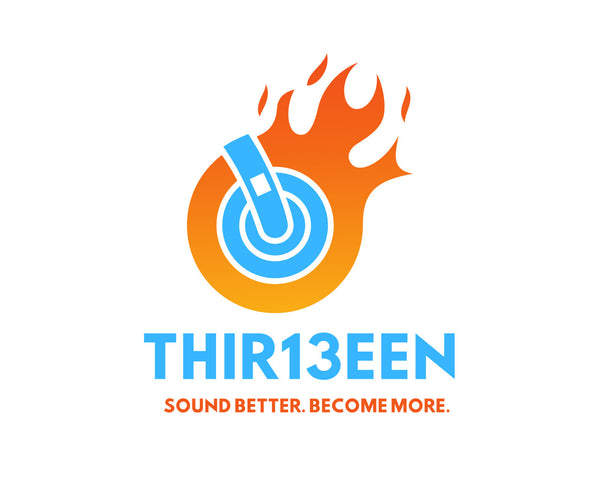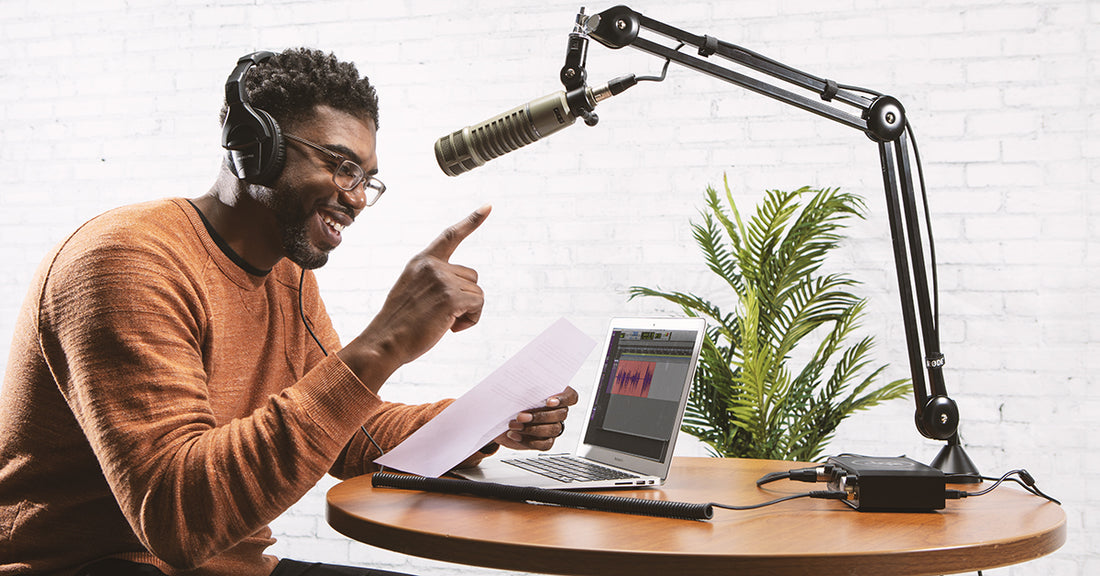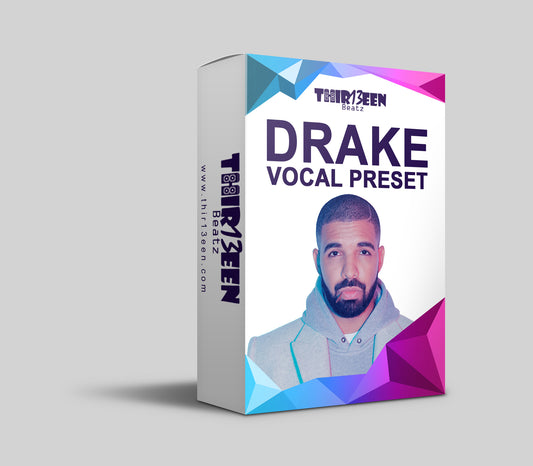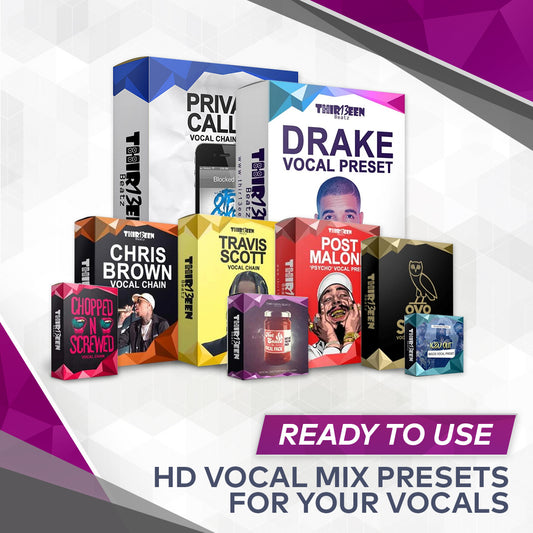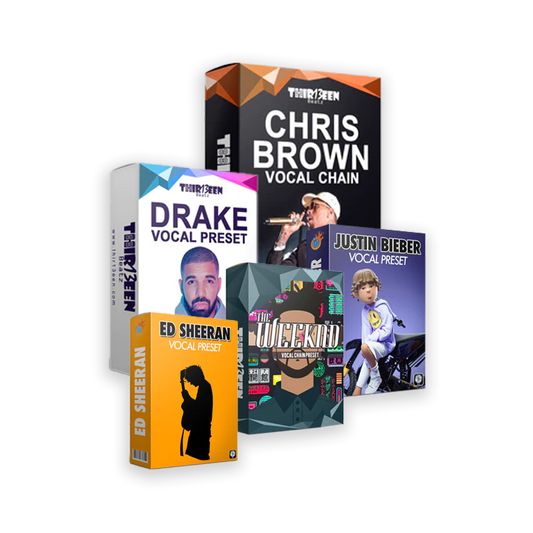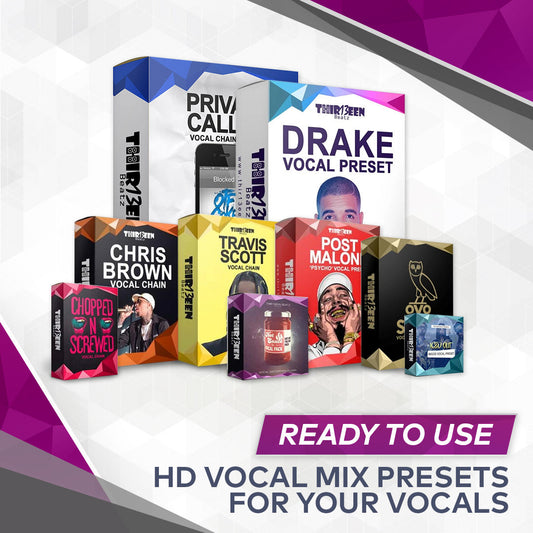If you're just starting out podcasting, the thought of setting up your microphone can be daunting. But don't worry, it's actually a lot easier than you might think. In this tutorial, I'll show you how to set up your microphone in just 5 minutes. So whether you're using a USB mic or an XLR mic, follow these simple steps and you'll be ready to go. Let's get started!
WHAT YOU WILL NEED?
First you will need to choose the best podcast microphone for your voice - Obviously without this, you have no podcast. So invest in a good microphone. A podcast microphone which is high quality yet durable
A podcast soundcard. - A podcast sound card is a portable device which plugs into your computer via usb and acts as the bridge between your podcast microphone and computer. This will help your recordings be of higher quality.
Podcast editing software - Podcast editing software will allow your to record you voice, edit takes, turn volume up and down and also allow you to add backing music and other effects you want to incorporate into your podcast show
WHERE TO PLACE YOUR MICROPHONE?
Place your microphone somewhere sturdy and strong. A table, desk or counter top is the best place to place your microphone. Nothing worse than recording an in depth discussion and halfway through it your microphone falls over and disrupts your entire talk.
RECORDING LEVELS
Your levels should always be in the green. If you go into the red zone on your levels - it will cause distortion and the quality will sound bad. It’s always better for recording levels to be low going into your software because you can always turn the volume up later in editing but you cant remove distortion if it was recorded going into your software.
The rule of thumb is - green is clean. Red is dead.
TIPS FOR PODCASTING
-
Keep the topic simple. You should be able to explain what your podcast series is about in one sentence: The shorter, the better. A podcast with focus is going to be much easier for potential listeners to understand.
- You don’t need to script out every word, but make a “rundown.” I think of it as a safety net. What am I going to say first, who am I going to introduce and then how will I transition into our topics? And what will the topics be? You can just have bullet points to remind you what to do when, but having the order of events is a big help in keeping the show organized and limiting the editing.
-
Be consistent. Weekly is sometimes held up as the ideal for podcasts. Listeners become loyal when you make your show a habit for them. If they never know when they’re going to get it they’re more likely to skip it and eventually unsubscribe. In podcasting showing up really is half the battle.
- Include the audience. An audience that can tell you’re listening and feels like a part of the show will not only stick around but they’ll tell others. Including the audience can take many forms, like answering questions by email, having a slack community, reading tweets or all kinds of other ways. Find out how your community of listeners wants to talk to you, listen to them and then acknowledge them, by name if you can, in the show.
So there you have it! Setting up your microphone doesn’t have to be difficult, and with a few simple tips like these, you can make sure that your podcast sounds great. What other questions do you have about podcasting? Let us know in the comments below, and we’ll do our best to answer them. Happy podcasting!
